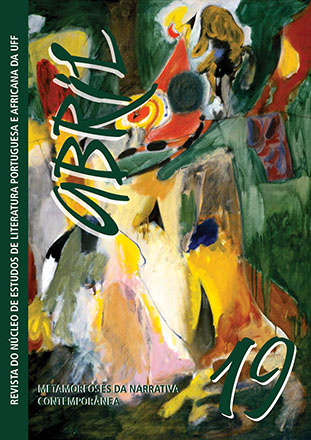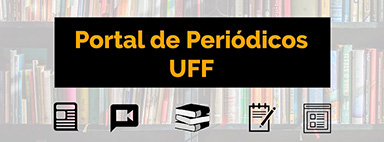Painting fear, writing time: Goya and Mário Cláudio
DOI:
https://doi.org/10.22409/abriluff.v9i19.29937Keywords:
Mário Cláudio, Inter-art Relations, Ekphrasis.Abstract
Beyond the narrow circle of art criticism, the late phase of Goya's painting, which corresponds to the last years of his life, has already aroused the interest of biographers, novelists and filmmakers. In stark contrast to the noble portraits, gallant parties and mild tapestry motifs that Goya produced throughout his career, his work would incorporate, in old age, the phantasmagoria, the grotesque, the unusual. Cloistered at “Quinta del Sordo”, the painter would cover his home walls with monstrous figures, demons and witches, projecting into the familiar space an authentic iconography of horror. From these images and around them, Mario Claudio recreates the end of Goya's life, transfigured into D. Francisco, in the fiction novel Gémeos (2004). Through a character our contemporary, an art scholar who specializes in Goya’s painting and is unexpectedly affected by it, the intimate drama of a man in his confrontation with time and finitude is revealed, being staged especially in the ambiguous relationship established between D. Francisco and Rosarito, his stepdaughter: young, perverse and seductive – reflection or inspiration of the shadows on the walls, causing simultaneous desire and frustration, love and hate, fascination and fear. It is the mode of representation of these dualities what we are interested in investigating, in text and image, in this paper.
---
Downloads
Downloads
Published
How to Cite
Issue
Section
License
I authorize the journal Abril - NEPA/UFF to publish the paper of my authorship/responsibility that I now submit, in case it is accepted for online publication.
Moreover, I declare that this contribution is original, that it was not submitted to any other editor for publication, and I sign the present declaration attesting the truth of all its contents.
The copyright of the works published at the virtual space of the journal Abril - NEPA/UFF are automatically entitled to the journal. Their total or partial reproduction is conditioned to the authors' citations and publication data.

Abril is licensed under a Creative Commons - Attribution-NonCommercial 4.0 International (CC BY-NC 4.0).









